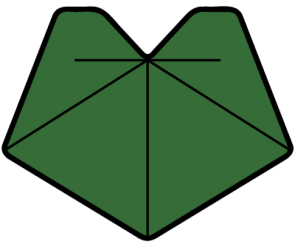to reference on how to use devices, we need to make sure users knew conditions and boundaries on each devices.
normally user manual will do this, but to simplify, we use symbol and senses to represent the conditions. normally we use “possible to use” if. but in case we may use “no need” that senses to operate for better communication.
eyes – seeing, sight, vision
at least have to read and see the sign or symbol to operate devices.

right you need not to use any graphical receptive to operate this
ears – sound – voices
at least have to listen and make some voices to operate devices.

right you need not to have voices receptive and capable to make some voices to operate this.
hands or touch or operate by any point-able organs
at least have to be able to touch or pointing to operate devices.

right you need use right hand or any right side touchable or point-able organs to operate.
tongue or mouth or any organs that can produce humidity enough

left you need to use tongue to operate this.
right you need not to use tongue to operate this.
wheelchair safety usages
some devices never plan for wheelchair to operate, weight and size of wheelchair some time cause trouble for some devices

right not design for wheelchair
medical condition
some devices need to be full consciousness to operate. you need to at least 2 hours after some medication to operate some devices for your own safety.

right make sure you have full consciousness before operate.

